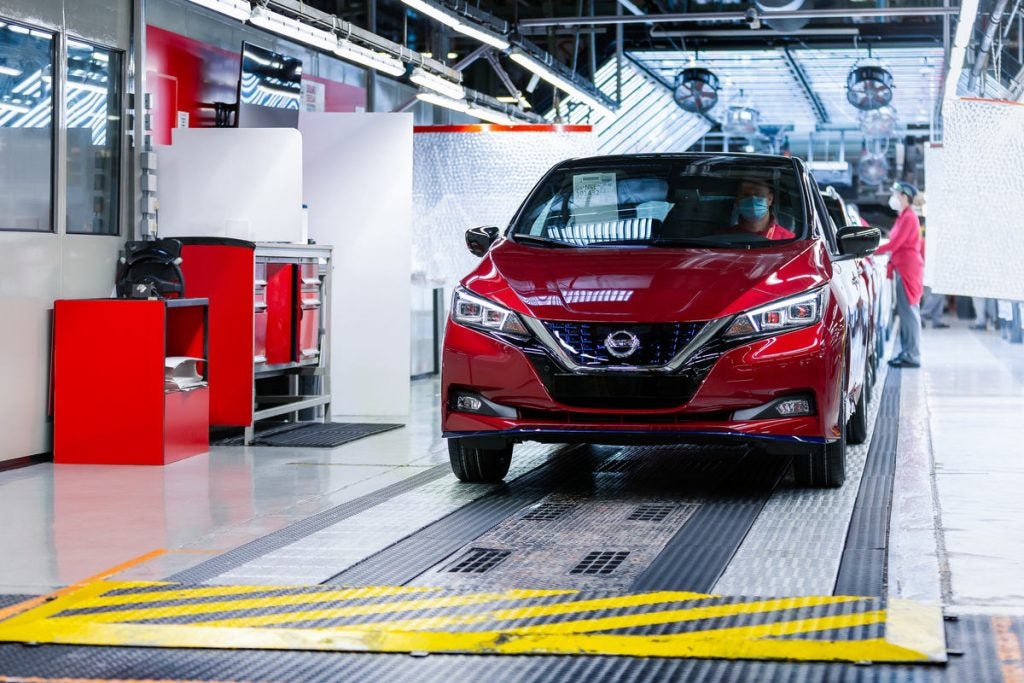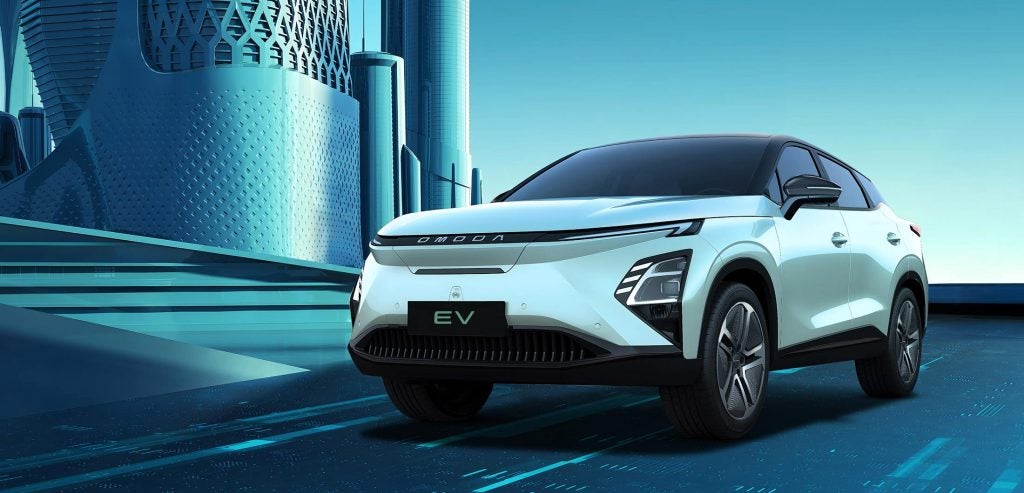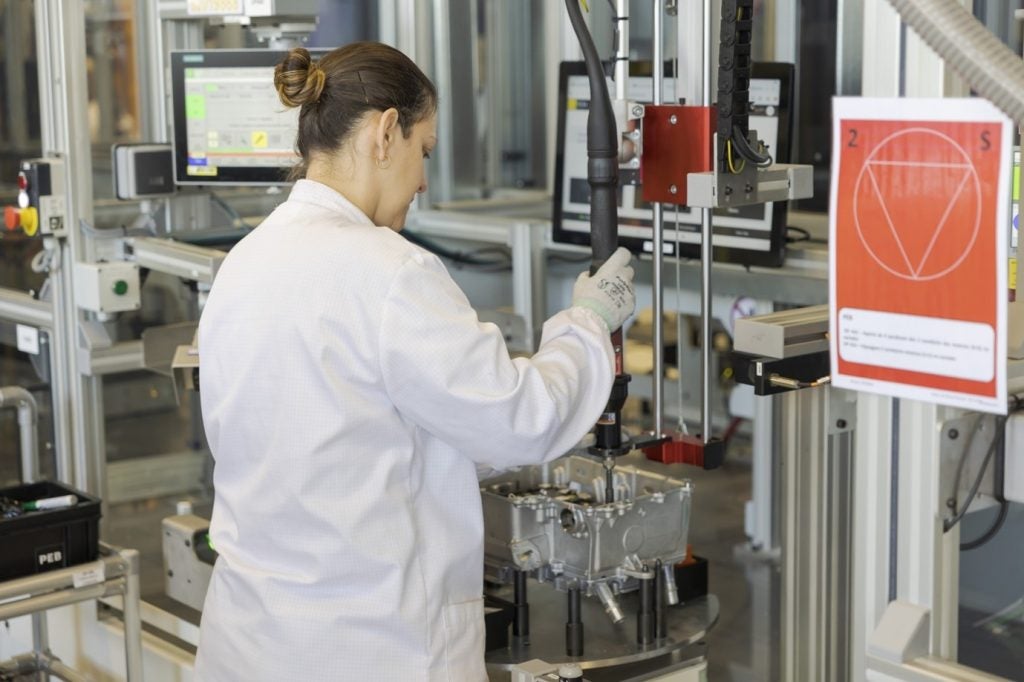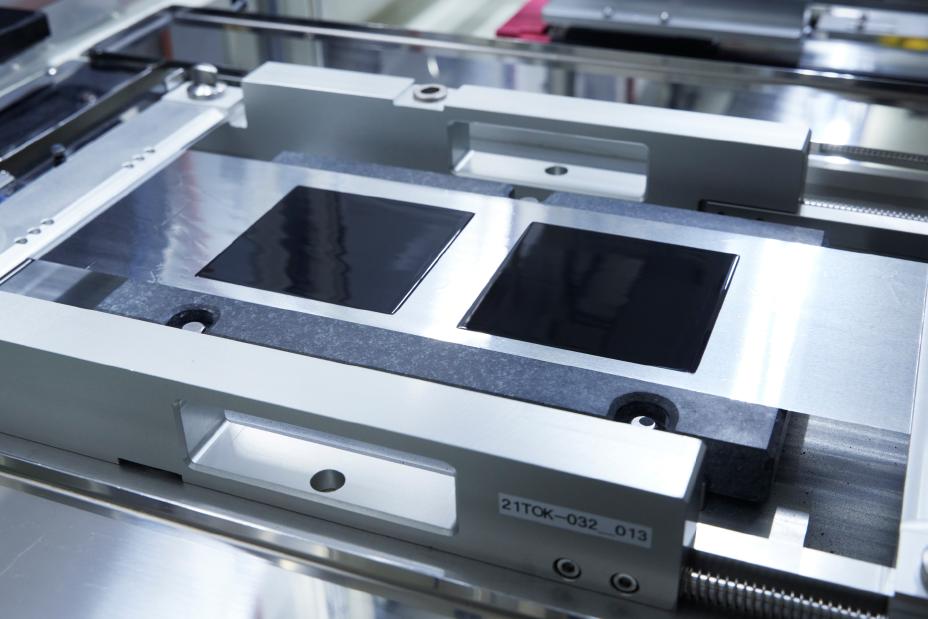Glenn Brooks samples the latest, revised 2013 model year Range Rover Sport, reflecting upon what recent investments at the Solihull plant which builds it will mean for Land Rover’s future.
A fortnight ago, I came home to England after a few weeks seeing friends and family in Australia. It was a bit of a shock when the temperature plunged to minus four last night – a shock compared to two weekends back when it was 42 degrees at my sister’s home in Sydney, and, according to a floating thermometer, a soup-like 29 in her pool.
The heat, humidity and dust of Australia used to play havoc with the electronics of many Land Rover products but those days are long gone, the company’s latest models having been properly engineered for just about anything an extreme climate can throw at them. Including, back on this side of the globe, the now suddenly icy roads of southern England.
A week with the 2013MY Range Rover Sport gave me a first hand account of why this model is so appealing to those who have the money to lease and maintain one – even if you never have cause to call upon its advanced 4×4 system’s extraordinary capabilities, it’s hugely reassuring to know that your vehicle has such a depth of engineering.
Lately, we’ve been hearing a lot from JLR about its plans for building Jaguars and Land Rovers in China and India. Tata Motors has assembled the Freelander 2 at a plant near Pune since mid-2011 and Chery Auto and JLR will make several models at Changshu from 2014, and there might well be build or assembly at plants in Brazil and possibly even Saudi Arabia in the medium term. For now though, JLR’s investments for Range Rover Sport build centre on Solihull. The firm recently announced a GBP370m spend at this 300 acre facility, which employs 6,000 people. The majority of that investment went towards an advanced aluminium bodyshop. This is claimed to be the biggest of its kind in the world, producing the world’s largest single body panel.
JLR’s ongoing production expansion at Solihull has also seen upgrades to paint-applications technologies, trim assembly, warehousing and Jaguar Land Rover’s first customer handover centre. The firm notes that a further GBP355m is being spent on a new engine production centre at i54 South Staffordshire near Wolverhampton. Meanwhile, the Halewood plant on Merseyside has moved to 24-hour production to satisfy demand for the Range Rover Evoque and newly updated LR2/Freelander 2.
How well do you really know your competitors?
Access the most comprehensive Company Profiles on the market, powered by GlobalData. Save hours of research. Gain competitive edge.

Thank you!
Your download email will arrive shortly
Not ready to buy yet? Download a free sample
We are confident about the unique quality of our Company Profiles. However, we want you to make the most beneficial decision for your business, so we offer a free sample that you can download by submitting the below form
By GlobalDataThe strategy of expanding the Range Rover name with models such as the Sport and Evoque continues to pay off. Globally, a total of 25,862 Land Rover vehicles were sold in November, a year on year rise of 17%, and while that was led by the Evoque (+39%), the Sport also saw a YoY gain (3%). The brand has sold over 275,000 vehicles in the first 11 months, which represents a gain of 38% over 2011.
If you look at the UK market by brand*, you’ll soon see just how successful Land Rover has become. Would you believe that Land Rover (3,782) not only outsold Honda (3,381) and Fiat (2,907) in November, but also Renault (3,387)? For the year to date, the brand from Solihull (46,094) hasn’t quite matched Mini sales (46,825) but its performance compared to BMW’s small car division is astonishing.
The Sport, and since last year, the Evoque, are the big drivers of the record sales and profits that Land Rover continues to deliver, and even after seven years on the market, it’s perhaps surprising to learn that sales of the Sport have been on the rise. That’s a reflection on not just a recovering UK market, but Land Rover’s policy of keeping buyers loyal to the Range Rover brand by adding more efficient powertrains and the latest technology for satnav and in-car entertainment systems.
The latest 2013 Range Rover Sport gains fresh alloy wheels, red brake callipers for the Supercharged variants, a fresh interior colour palette and five new exterior shades, as well as a carbon fibre veneer pack for the dashboard and centre console. Nothing radical there but buyers of these kinds of vehicles seem to prefer subtle updates – the old Range Rover was still selling strongly right at the end of its ten-year lifecycle, thanks in no small part to Land Rover’s policy of evolutionary tweaks.
The latest changes follow the addition of a High-Ice Harmon Kardon system for the 2012 model year Range Rover Sport. This systems delivers 380W of sound and brings with it 11 speakers, or you can specify a premium Harmon Kardon Logic system which produces 825W and means 17 speakers. You also get a 7-inch touchscreen, to which you can add the option of Dual View technology, allowing the driver to view the navigational display and the passenger to watch a DVD. There’s also a hard disc drive music server and Land Rover’s ‘Say What You See’ voice recognition system, which includes screen prompts.
The biggest selling engine in the UK market is the 3.0-litre V6 turbo diesel which Jaguar Land Rover buys in from a Ford and PSA powertrain joint venture. There’s a choice of outputs (211PS and 520Nm or 256PS and 600Nm) with CO2 emissions of 224g/km and 230g/km respectively. Both these engines mean a standard eight-speed ZF automatic gearbox but for markets where EU4 emissions regulations remain in force, a 245PS 3.0-litre with six-speed transmission is fitted.
If you don’t want diesel power, there’s a naturally aspirated 5.0-litre petrol V8 which produces 375PS with 510Nm torque, or a supercharged unit of the same capacity which delivers 510PS with 625Nm torque. CO2 emissions are 327g/km and 348g/km respectively. Both petrol engines drive through a six-speed auto transmission, and gears are selected by the rotary gear shifter and steering wheel paddle shift.
So what’s next for the Range Rover Sport? The second generation model should share not just engines but also an aluminium architecture with the new Range Rover. That vehicle saw a weight saving of 400+kg over the previous generation model, so expect a similarly dramatic number from the next Sport.
Land Rover revealed a prototype Range Rover Sport plug-in diesel-electric hybrid at the Geneva motor show in March 2011, so we’ll likely see that powertrain in project L494, next year’s second generation model. The concept, which was called ‘Range_e’, was claimed to be able to travel 20 miles on electric power alone, with its batteries charged either from the mains or via the vehicle’s 3.0-litre V6 diesel engine. The same unit should also appear in the new Range Rover later in 2013.
*source: SMMT







